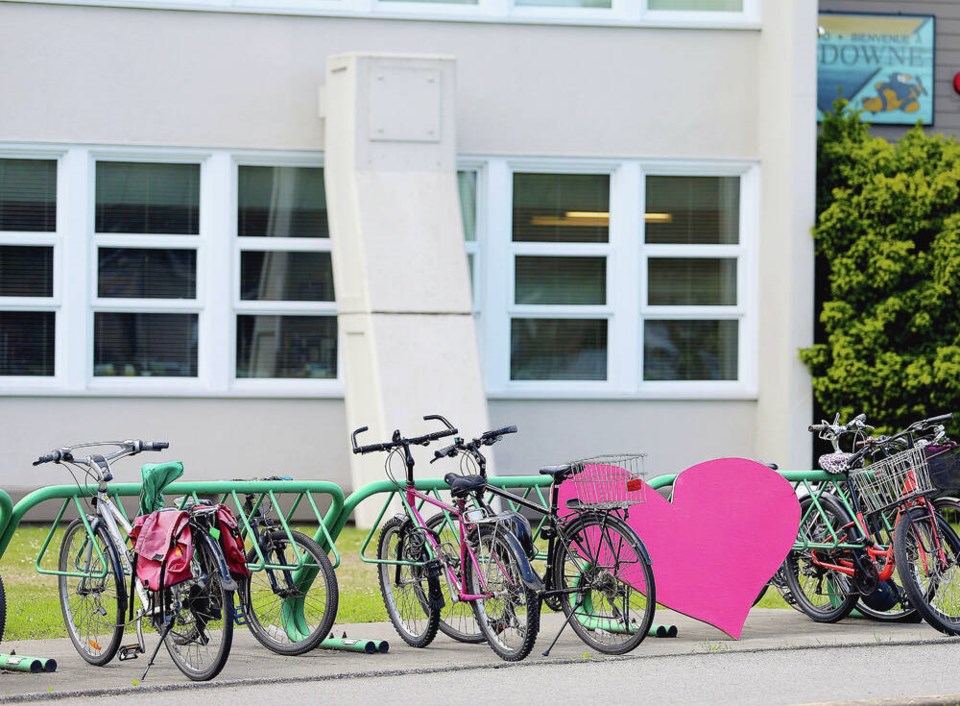During the past year or so, many industries and organizations survived the impact of COVID-19 by adapting how they had always done things to the new demands of a post-COVID environment.
But the temptation, especially in a time of unanticipated emergency, is always to opt for untried alternatives and attempt to change too much, too soon. It is also tempting to mandate the continuation of the new practices once the emergency has passed and things return to “normal.”
Public education is no different, but the changes to new practices, especially in how teaching is delivered and learning is accomplished, need to be introduced cautiously.
Proponents of the changes need to be prepared to take time for the new practices to gain acceptance given that almost everyone, inside and outside the system, has some experience of how schools “used to be.” A recent example of change imposed clumsily is the Ontario government’s decision to implement a hybrid teaching and learning model.
The hybrid model is a combination of face-to-face and online instruction, mixing traditional styles of teaching and learning with online teaching practices.
In hybrid classes, which were brought in to deal with the COVID-19 pandemic, teachers are required to offer instruction both in-person and on-screen at the same time.
According to Ontario Ministry of Education Policy Policy/Program Memorandum 164, “hybrid learning seeks to find a balance that ensures the best experience for students needs via any possible learning technique.”
The August 2020 memorandum provides direction to school boards on remote learning requirements, including implementation and reporting expectations.
The memorandum to school boards continues to explain the reasons for the change, saying “during full or partial school closures, or under any other periods of remote learning, it is crucial to keep students engaged in their learning … this memorandum must be implemented in alignment with collective agreements. Where there is a conflict between the memorandum and a collective agreement, the collective agreement must prevail.”
Not a lot of room for discussion there, but by August 2021 what had previously been an in-house debate had blown wide open. By September, parents, students and teachers were rallying outside Toronto District School Board headquarters to demand an end to “hybrid” classes in Toronto public schools.
CBC news reported that the rally-goers, many of whom held up signs that read: “No hybrid,” claimed that hybrid learning would compromise the quality of education that students receive and that the attention of teachers is divided by the hybrid model.
“It’s not an appropriate way of teaching our children. No one wins with this hybrid simultaneous learning,” Nigel Barriffe, executive officer at the Elementary Teachers of Toronto, said before the rally.
Elsewhere in Canada, some boards warily put the hybrid system into place for specific situations to accommodate secondary students.
In Newfoundland and Labrador, for instance, the hybrid teaching/learning model was used to alternate some high school groups between in-person and remote learning.
Some Calgary schools used it if a teacher or certain students had to isolate due to COVID while others continued in-person learning.
Regina Public Schools hasn’t considered a hybrid model, says Terry Lazarou, the division’s supervisor of communications, noting that the Saskatchewan Ministry of Education had told school divisions “this was not an option.”
Other critics have called Ontario’s imposition hybrid model “an imperfect approach during an imperfect time.”
91įŁ┤┤ School Board is tentatively investigating voluntary hybrid possibilities. In September, VSB began offering evening classes in a hybrid learning pilot. The program is intended to provide more flexibility for students wishing to improve their marks for post-secondary entrance, advance their skills for future employment or complete their high school diploma.
The pilot also includes a combination of in-person and online attendance for students who wish to enrol in the 7:00 to 9:30 p.m. evening classes only.
Numerous other B.C. school districts offer “distributed learning” full-time options tailored to the needs of individual students. The programs range anywhere from K-12 in different districts, but meet the provincial learning outcomes for each grade level under the direction and supervision of a certified teacher.
The programs provide educational opportunities that may not be possible to students attending a traditional “bricks and mortar” school.
The presence of technology in real and virtual classrooms has grown phenomenally in the past decade, promoting student learning in and out of the classroom. But perhaps the mantra that will enable these changes to happen gradually and without unnecessary and unproductive controversy is the advice of Peter Senge, founder of the Society for Organizational Learning: “People don’t resist change. They resist being changed.”
Geoff Johnson is a former superintendent of schools.
>>> To comment on this article, write a letter to the editor: [email protected]



